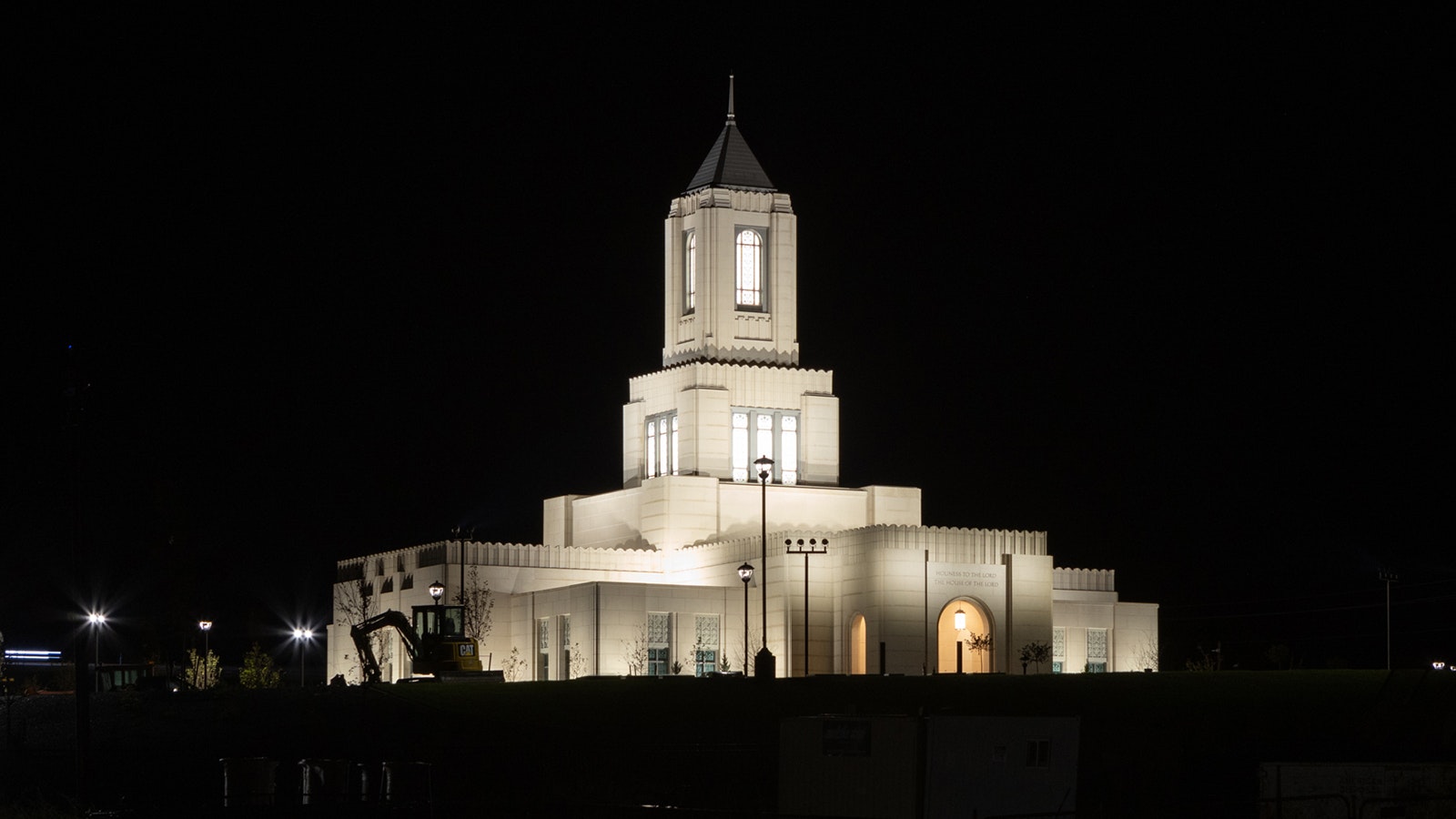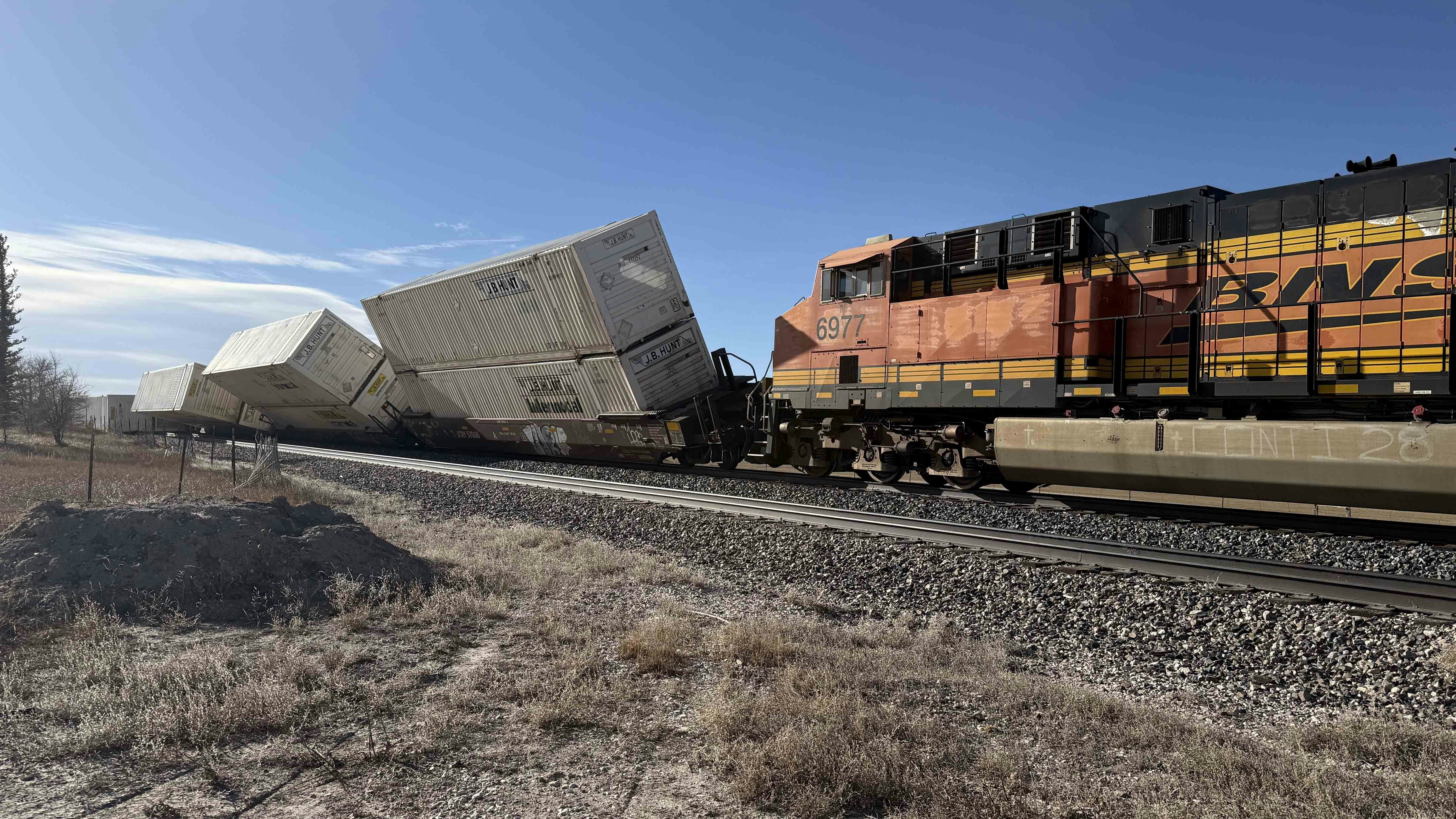Although there has been vocal opposition to a proposed Church of Jesus Christ of Latter-day Saints temple in Cody, one of the few issues those against it haven’t raised is how the temple could impact neighboring property values.
That may be because reports from communities with temples and real estate experts say LDS temples generally significantly boost property values in the neighborhoods they go up in.
One of the best examples near Cody is in Billings, Montana, where a temple was built in 1999.
When the Billings temple was constructed, it was built on previously undeveloped land on the edge of an upscale neighboring subdivision. The temple in Cody is similar, planned for placement in an already existing rural-residential neighborhood offering upscale homes and prime views of the area’s geographic landmarks.
Billings real estate agent Billie Parrott told Cowboy State Daily that many houses went up around the temple there after it was built. They were more expensive than the previously existing homes.
“It caused a lot of people to want to be there,” she said of the temple’s impact.
Billings homebuilder Steve Wells, a member of the church, said the development of the temple paved the way for what has become some of the city’s most well-known west-side neighborhoods because it brought sewer infrastructure to a previously undeveloped area. Since the temple’s construction, about 1,500-2,000 homes have gone up in the area.
Just like the Cody Wyoming Temple, there was large controversy before the Billings temple was built about its 77-foot steeple, lighting and the traffic it could cause, Wells said. During city discussions on the matter, he said there were picketing and protests.
“It was contentious,” Wells said.
Change Of Trajectory
Wells built his home across the street from the temple and said that many of the homeowners who live closest to the temple also are members of the church.
He said homes in the neighborhood of the temple are now valued in the $800,000 to $3 million range, while properties of a similar size and quality in other parts of the city are closer to $500,000 to $800,000.
Wells said the temple “clearly changed the trajectory” of the types of homes built around it.
“It’s almost a negative in the sense that it’s almost all expensive homes that are built there,” he said.
In the next neighborhood over, Wells said home values dropped to the $500,000 to $900,000 range.
It’s worth noting that the Billings Montana Temple is located in the northwest part of town, a generally more affluent and desirable part of the city that sits directly under the Rimrocks geological formation and in close proximity to many walking and hiking trails.
Wells said Church of Jesus Christ of Latter-day Saints temples are typically local in more affluent parts of the cities they are located in.
The proposed 101-foot-tall temple in Cody will impact neighboring residents’ views of Cedar and Rattlesnake mountains.
It would be difficult for detractors to argue, however, that the buildings themselves are eyesores or that they draw criminal activity to the neighborhoods they are built in.
“The neighbors generally stay there because the temples are kept up, they don’t fall apart,” Wells said.
Statistics Agree
A 2003 study by The Foundation for Apologetic Information and Research, a nonprofit advocacy group for the church, did a statistical analysis on 207 properties in three U.S. cities where the Church of Jesus Christ of Latter-day Saints built temples, and the religion does not make up a significant portion of the city’s population.
The study found that in 95% of observations, a temple added between $29,455 and $77,445 to a neighboring property value. Inflation was factored into the study.
The study also concluded that the larger a temple is, the more substantial effect it will have on neighboring property values, adding 43 cents for each square foot of temple floor space.
The Cody temple has a relatively small footprint compared to others, with 9,950 square feet of floor space. Although the Casper Wyoming Temple will have a similar 10,000 square feet of floor space, some are much larger, like the Billings Temple at 33,800 square feet and the Orlando Florida Temple, which has 70,000 square feet of floor space.
The study also found that there was not a substantial increase in traffic in neighborhoods where temples are built.
Other Factors
When Wells sold his home across the street from the temple a few years ago and moved a few blocks over, he was asked by the eventual buyer about “the elephant in the room.”
The buyer had some concerns about what it was like living near the temple, its lighting and the potential traffic it caused.
Wells told the buyer that the effects of the temple on his everyday life were minimal, that he notice no substantial traffic and that the temple’s lights were shut off around 9:30 each night.
He ran into the new homeowner this summer, who said although he was seriously worried about the temple before his purchase, he’s had no issues at all since buying the home in 2020.
“That was cool to hear that from someone that doesn’t have any association to the church,” Wells said.
Wells suspects those who are opposed to LDS temples either are opposed to any kind of new religious venue being built altogether or are from a Christian group that opposes his religion.
He said bashing his religion in public seems to be more acceptable than for others, mentioning the popular Broadway musical “The Book of Mormon,” which pokes fun at the LDS religion.
Other opponents of temples are generally opposed to any kind of change, he said.
As a home builder, Wells said he’s had many encounters with this attitude when going before cities to get approval on his building projects.
“That’s what people don’t like is the change,” Wells said. “If it gets to be a thing that is more political when it’s for religion, then ever more so.”
He said most of the questions he now receives about the temple in Billings are more along the line, “what is that pretty building for?” and “what is that statue on top of it?”
Leo Wolfson can be reached at leo@cowboystatedaily.com.





